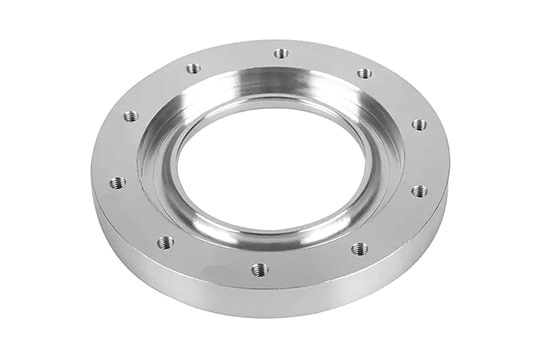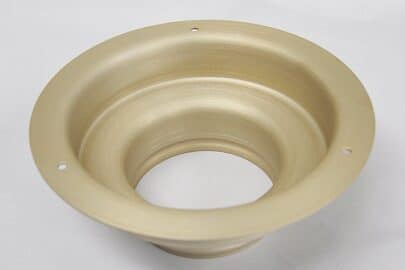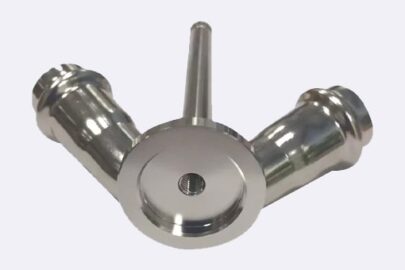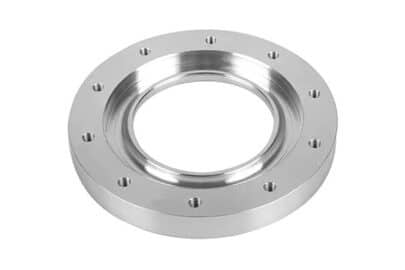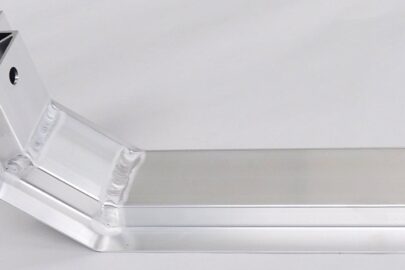Chemical film
Chemical film is a stable compound film formed on the metal surface through chemical reaction or electrochemical reaction between metal (including plated metal) and chemical treatment solution.
This film can be the product of pure chemical reaction or electrochemical reaction, the latter is also called anodizing. According to whether there is an applied current, it is divided into chemical film and anodizing.
The chemical film in this page only referred to the product of pure chemical reaction.
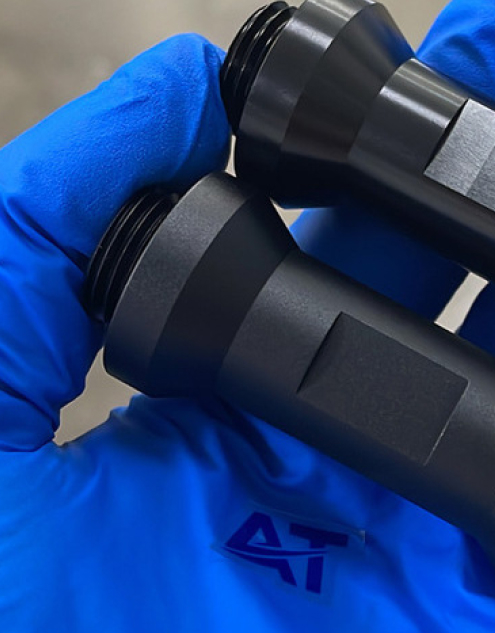
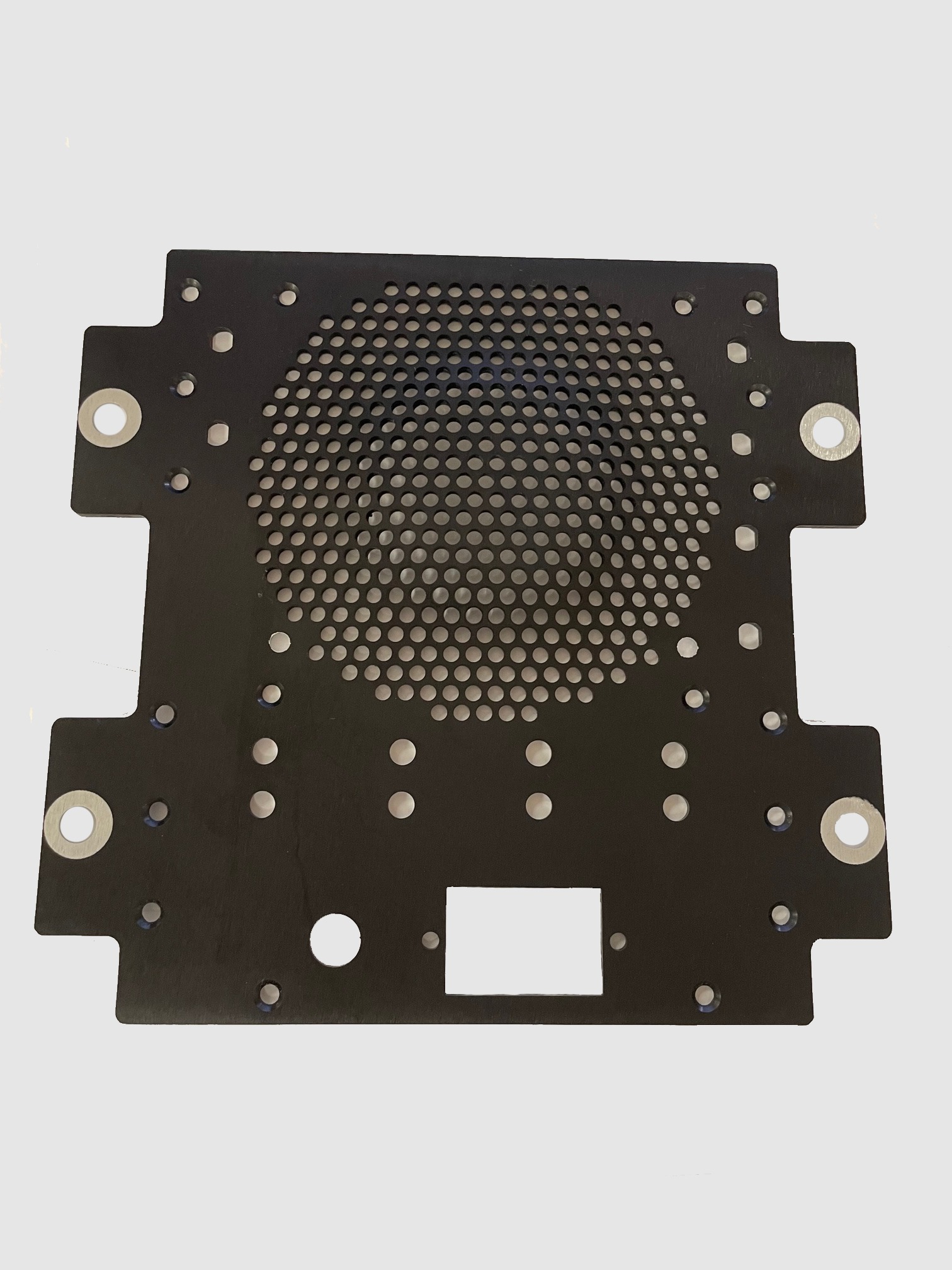

High machinability and ductility. Aluminum alloys have good strength-to-weight ratio, high thermal and electrical conductivity, low density and natural corrosion resistance.
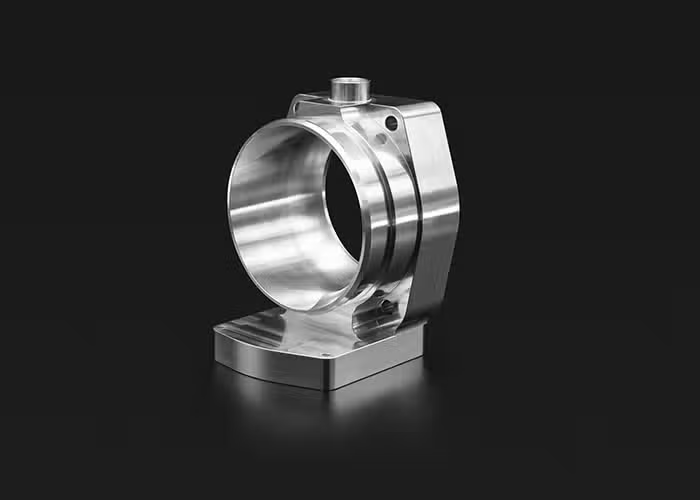
Stainless steel alloys have high strength, ductility, wear and corrosion resistance. They can be easily welded, machined and polished. The hardness and the cost of stainless steel is higher than that of aluminum alloy.

Steel is a strong, versatile, and durable alloy of iron and carbon. Steel is strong and durable. High tensile strength, corrosion resistance heat and fire resistance, easily molded and formed. Its applications range from construction materials and structural components to automotive and aerospace components.

Highly resistant to seawater corrosion. The material’s mechanical properties are inferior to many other machinable metals, making it best for low-stress components produced by CNC machining.

Brass is mechanically stronger and lower-friction metal properties make CNC machining brass ideal for mechanical applications that also require corrosion resistance such as those encountered in the marine industry.

Few metals have the electric conductivity that copper has when it comes to CNC milling materials. The material’s high corrosion resistance aids in preventing rust, and its thermal conductivity features facilitate CNC machining shaping.

Titanium is an advanced material with excellent corrosion resistance, biocompatibility, and strength-to-weight characteristics. This unique range of properties makes it an ideal choice for many of the engineering challenges faced by the medical, energy, chemical processing, and aerospace industries.

Zinc is a slightly brittle metal at room temperature and has a shiny-greyish appearance when oxidation is removed.
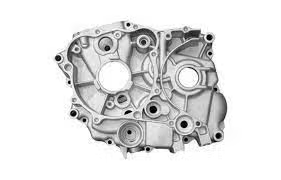
Due to the low mechanical strength of pure magnesium, magnesium alloys are mainly used. Magnesium alloy has low density but high strength and good rigidity. Good toughness and strong shock absorption. Low heat capacity, fast solidification speed, and good die-casting performance.
Design Considerations
- Avoid sharp corners and edges that can create stress concentrations and lead to premature failure. Use fillets and chamfers to distribute stresses more evenly.
- Chemical conversion films are typically very thin (often less than a micron). This thinness is beneficial for maintaining dimensional stability but may limit wear resistance.
- Chemical conversion films are typically clear or gold in color, with limited options for customization. However, they can serve as a primer for subsequent painting or powder coating to achieve desired colors and finishes.
- The film can affect the surface texture, making it smoother and more uniform. This can improve the part’s appearance and tactile properties.
